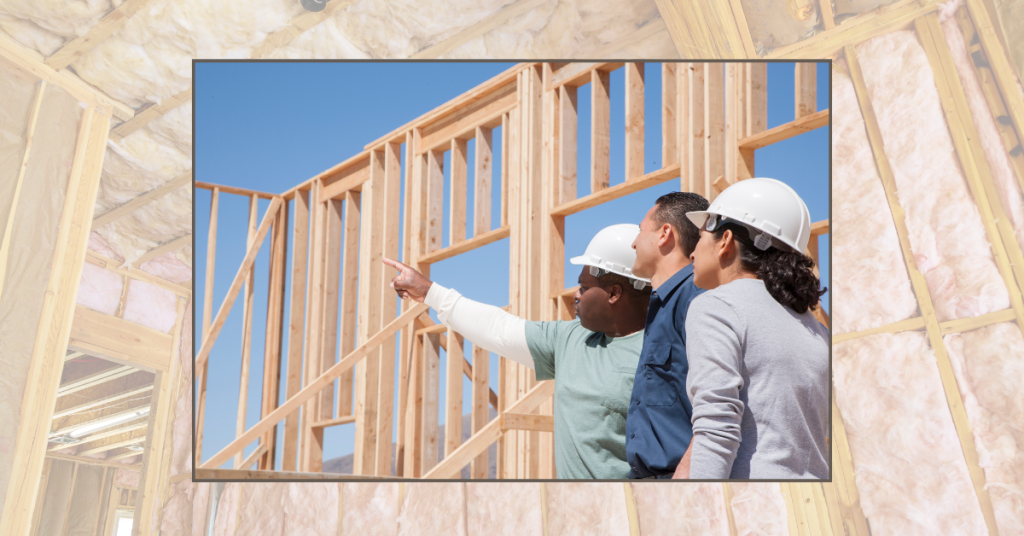We are navigating a challenging political climate right now, but at Clean Wisconsin, we are focused on cutting through the noise by investing in relationships and engaging with people of all perspectives. Our Rural Energy Campaign Manager, Rick Coello, Local Partnerships Manager, Kaysee Beckstrom, and I have all been making an active effort to reach out and engage with people impacted by Clean Wisconsin’s work. Partnering for progress will be your place to learn more about that work. This edition will walk through our work on building energy codes.
Energy codes may not be in the news every day, but they play a huge role in the future of our homes and climate. Buildings are responsible for 55% of Wisconsin’s energy-related carbon emissions. The Department of Energy estimates that updating to the most modern code would reduce Wisconsin’s carbon emissions by approximately 33 million metric tons over the next 30 years.
To better understand the benefits and concerns of people in the construction industry, we conducted 36 interviews with builders, contractors, inspectors, energy experts, and others. All the people we interviewed recognized the value and importance of building codes, but there was a diverse range of opinions regarding the requirements of those codes. We heard that folks who opposed updating the code are primarily concerned about upfront cost increases while in contrast, people who supported an update to the code were more concerned about energy savings, and health and environmental benefits.
Meeting with interested groups that think differently about energy codes is important because we are able to see an issue from all angles. This deeper understanding allows us to find resources and fill information gaps. In these interviews, we found that most agreed there would be some upfront cost increase if energy codes were updated, but there was a great deal of disagreement about the significance of the cost increase and the payback period for energy upgrades. To help bridge that gap, Clean Wisconsin teamed up with builders and technical experts to better understand the true cost impacts. While we haven’t reached total agreement, we have made significant progress in building a shared understanding.
Another major concern we heard was that the construction and inspection workforce may have difficulty adjusting to new codes. The current codes are based on model codes from 2009 for residential buildings and 2015 for commercial buildings. Builders, contractors and inspectors have been doing their job in the same way for years, and new codes may require them to adapt. In an effort to support code adoption, a partner organization has already begun providing technical support through an energy codes advisors program. They have reached over 1000 people, training them on current codes and potential updates.
Working with different groups in this way is often called stakeholder engagement, meaning that folks directly impacted by a policy take part in the policy change. Too often issues are over simplified into one side or another. Our work on the issue of energy codes found basic levels of agreement across the board that codes are important. From that place, we were able to find a way to address some of the most pressing concerns about code updates. We don’t yet have new building codes, but we have built relationships and resources that address some of the primary concerns, creating a strong foundation for code updates.
Stakeholder engagement isn’t some magic wand that gets everyone to agree, but it is a better way forward. Please return to Partnering for progress in future issues to learn more about Clean Wisconsin’s work in this area.

